Cooking is both an art and a science, where the right tools can make all the difference in creating delicious meals. The heart of any kitchen lies in its cookware, particularly the variety of pans that can be used for a range of culinary techniques. A well-equipped kitchen requires not only skillful hands but also quality pans that cater to the diverse needs of different recipes and cooking styles.
Every kitchen should have a basic set of pans that include a skillet or frying pan, a saucepan, a sauté pan, and a stockpot. These essential pans offer versatility and functionality, enabling you to prepare a wide array of dishes with ease and precision. Investing in these pans will not only improve your cooking experience but also help you achieve better results in your culinary endeavors.
To ensure that you are well-equipped for your gastronomic adventures, this article delves into the factors to consider when choosing pans, the essential pans every kitchen should have, additional pans worth considering, and how to care for your pans. Let’s explore the world of cookware together and elevate your kitchen game to new heights.
Factors to Consider When Choosing Pans
Material
Stainless steel
Pros: Durable, non-reactive, resistant to staining and corrosion, dishwasher safe
Cons: Poor heat conductivity, prone to hotspots, requires the addition of fats or oils to prevent sticking
Example: All-Clad Stainless Steel Cookware
Cast iron
Pros: Excellent heat retention and distribution, versatile, long-lasting, can be used on various cooking surfaces
Cons: Heavy, requires seasoning, not dishwasher safe, reactive with acidic foods
Example: Lodge Cast Iron Skillet
Non-stick
Pros: Easy food release, requires less oil, easy to clean, ideal for delicate foods like eggs or fish
Cons: Prone to scratching, not suitable for high heat, may have a limited lifespan
Example: T-fal Nonstick Fry Pan
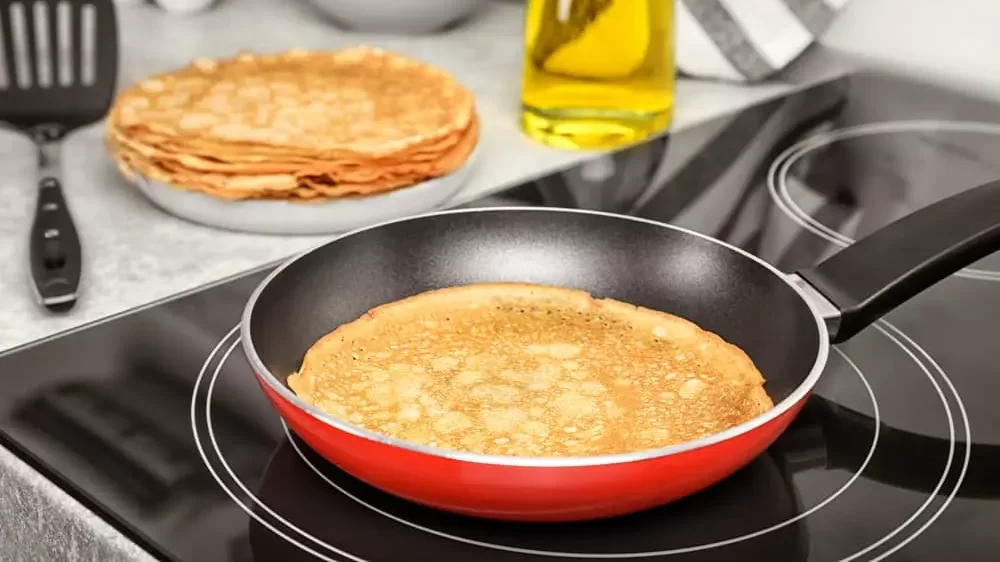
Copper
Pros: Excellent heat conductivity, responsive to temperature changes, beautiful appearance
Cons: Expensive, requires regular polishing, not induction compatible, reactive with acidic foods
Example: Mauviel M’heritage Copper Cookware
Aluminum
Pros: Lightweight, affordable, good heat conductivity
Cons: Prone to warping, may react with acidic or alkaline foods, not induction compatible
Example: Calphalon Classic Nonstick Cookware
Size and shape
Consider the size and shape of the pans based on your cooking needs and storage space. For example, a family of four may require larger pans than a single person or a couple. Different shapes, such as round, square, or oval pans, offer specific benefits for particular cooking techniques.
Heat conductivity
Choose pans with good heat conductivity to ensure even cooking and prevent hotspots. Copper and aluminum pans are excellent heat conductors, while stainless steel and cast iron pans have moderate to poor heat conductivity.
Price and durability
Invest in quality pans that are built to last, as they can save you money in the long run. While cheaper pans may be tempting, they may not be as durable or perform as well as their more expensive counterparts.
Compatibility with cooking surfaces (induction, gas, electric)
Ensure that the pans you choose are compatible with your cooking surface. For example, induction cooktops require pans with magnetic properties, such as cast iron or stainless steel with a magnetic base.
Essential Pans Every Kitchen Should have
1. Skillet/Frying Pan
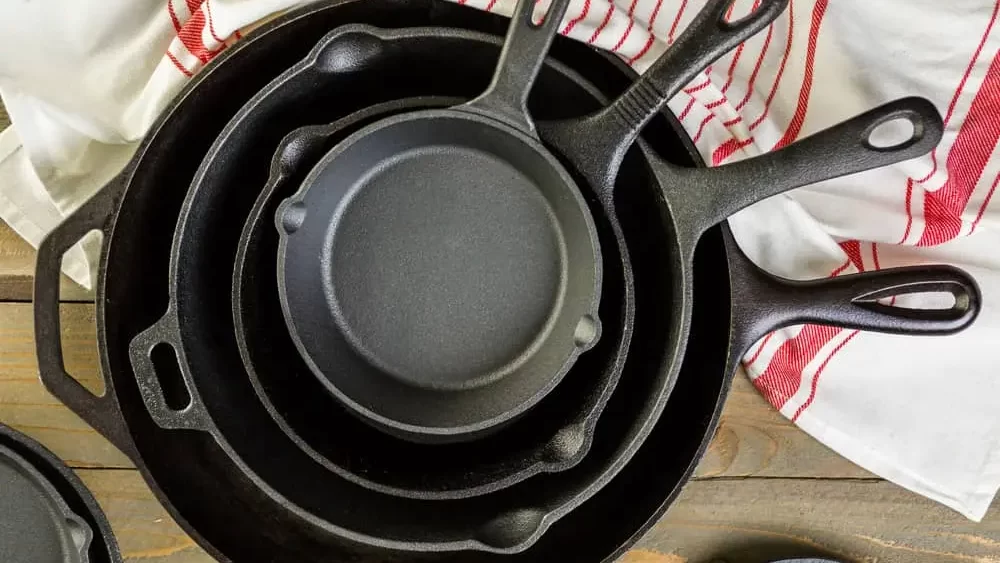
Uses and benefits
- Frying, sautéing, browning, and searing
- Ideal for cooking eggs, pancakes, stir-fries, and more
- Suitable for both quick and slow cooking methods
Sizes and material options
- Common sizes: 8-inch, 10-inch, and 12-inch diameter
- Materials: Stainless steel, cast iron, non-stick, copper, aluminum
- Choose based on your cooking preferences, maintenance requirements, and budget
Care and maintenance
- Stainless steel: Dishwasher safe, can be cleaned with a gentle scrubber and mild detergent
- Cast iron: Hand wash with warm water and a stiff brush, dry immediately, season with a thin layer of oil
- Non-stick: Hand wash with a soft sponge and mild detergent, avoid metal utensils to prevent scratching
2. Saucepan
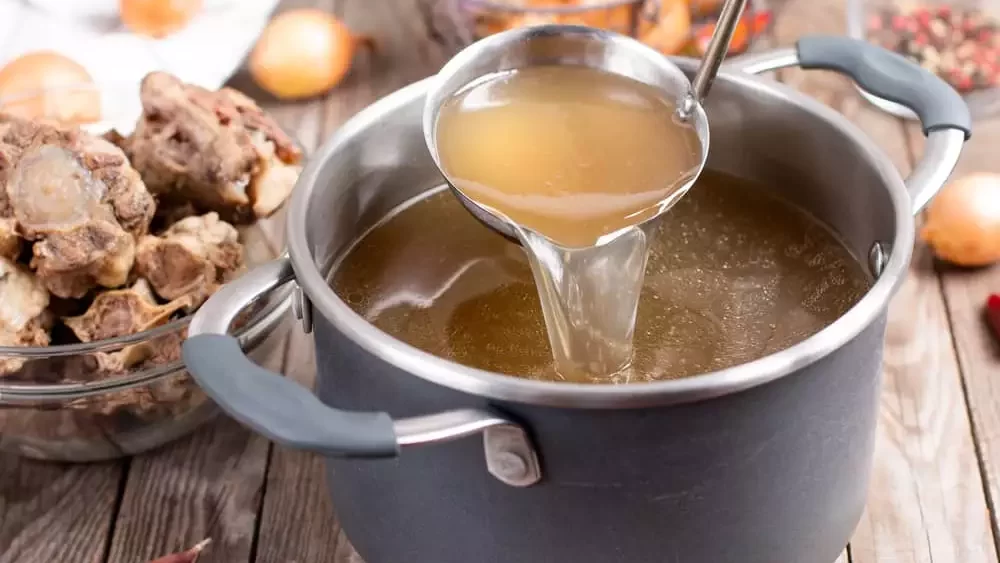
Uses and benefits
- Boiling, simmering, and reducing sauces
- Ideal for cooking rice, pasta, soups, and stews
- Features a long handle and a lid for easy handling and moisture retention
Sizes and material options
- Common sizes: 1-quart, 2-quart, and 3-quart capacity
- Materials: Stainless steel, cast iron, non-stick, copper, aluminum
- Choose based on your cooking preferences, maintenance requirements, and budget
Care and maintenance
- Follow the care and maintenance guidelines for the specific material of your saucepan (refer to skillet/frying pan care and maintenance)
3. Saute Pan

Uses and benefits
- Sautéing, frying, and searing
- Ideal for cooking meats, vegetables, and one-pan dishes
- Features a wide, flat bottom and straight sides for easy tossing and even cooking
Sizes and material options
- Common sizes: 3-quart, 4-quart, and 5-quart capacity
- Materials: Stainless steel, cast iron, non-stick, copper, aluminum
- Choose based on your cooking preferences, maintenance requirements, and budget
Care and maintenance
- Follow the care and maintenance guidelines for the specific material of your sauté pan (refer to skillet/frying pan care and maintenance)
4. Stockpot

Uses and benefits
- Boiling, simmering, and slow cooking
- Ideal for cooking large quantities of soups, stews, chili, and stocks
- Features a tall, narrow shape to minimize evaporation and a lid for moisture retention
Sizes and material options
- Common sizes: 8-quart, 12-quart, and 16-quart capacity
- Materials: Stainless steel, cast iron, non-stick, copper, aluminum
- Choose based on your cooking preferences, maintenance requirements, and budget
Care and maintenance
- Follow the care and maintenance guidelines for the specific material of your stockpot (refer to skillet/frying pan care and maintenance)
Additional Pans to Consider
Grill Pan
- Ideal for indoor grilling of meats, seafood, and vegetables
Griddle Pan
- Perfect for cooking pancakes, French toast, and grilled cheese sandwiches
- Offers a large, flat surface for even heat distribution and easy flipping
Wok
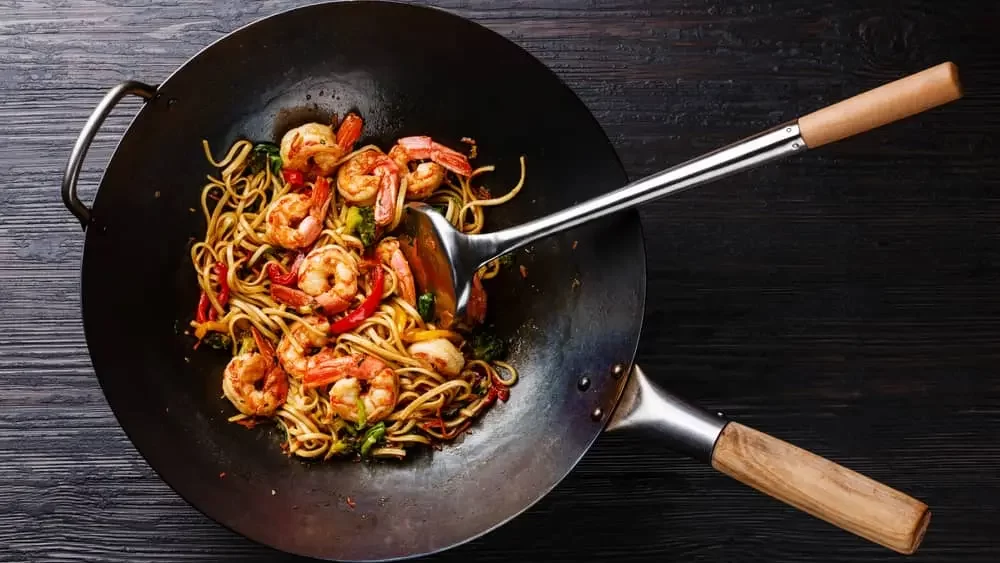
- Essential for stir-frying and deep-frying Asian cuisine
- Features a curved bottom and high sides for easy tossing and even cooking
Roasting Pan
- Ideal for roasting meats, poultry, and vegetables
- Comes with a roasting rack to elevate food and allow for even heat circulation
Dutch Oven
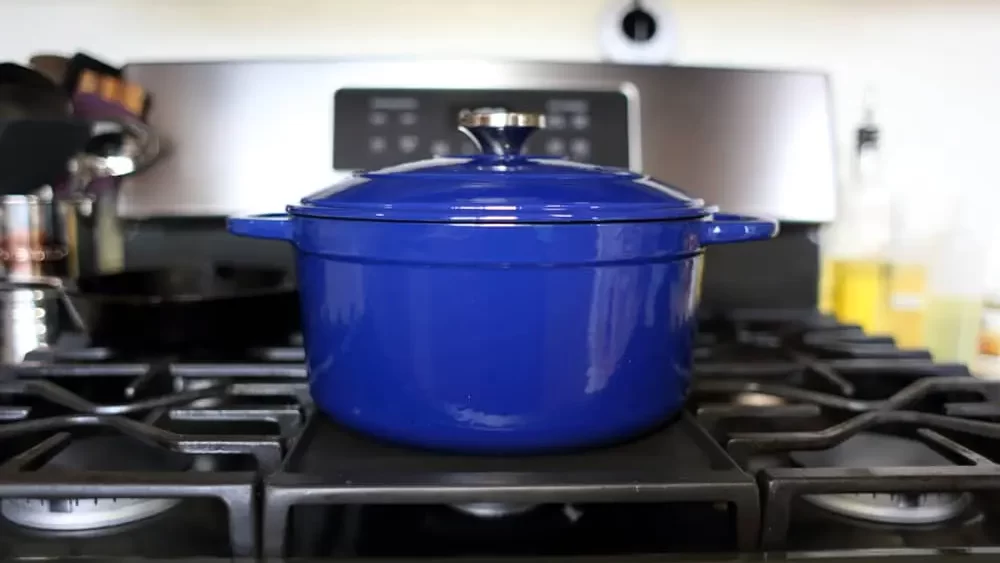
- Perfect for slow cooking, braising, and baking
- Features a heavy, tight-fitting lid to lock in moisture and flavor
How to Care for Your Pans
Cleaning and storage tips
- Clean pans promptly after use to prevent food residue from hardening
- Allow pans to cool before washing to prevent warping
- Store pans with care to avoid scratching or denting; consider using pan protectors or stacking them with a towel in between
Preventing damage and wear
- Use appropriate utensils for your pan’s material (e.g., wooden or silicone utensils for non-stick pans)
- Avoid overheating your pans, as this can cause warping or damage to the cooking surface
- Follow the manufacturer’s guidelines for proper care and maintenance
When to replace pans
- Replace non-stick pans when the coating starts to peel or becomes damaged
- Replace warped or dented pans that no longer sit flat on the cooking surface
- Consider upgrading to better-quality pans as your cooking skills and needs evolve
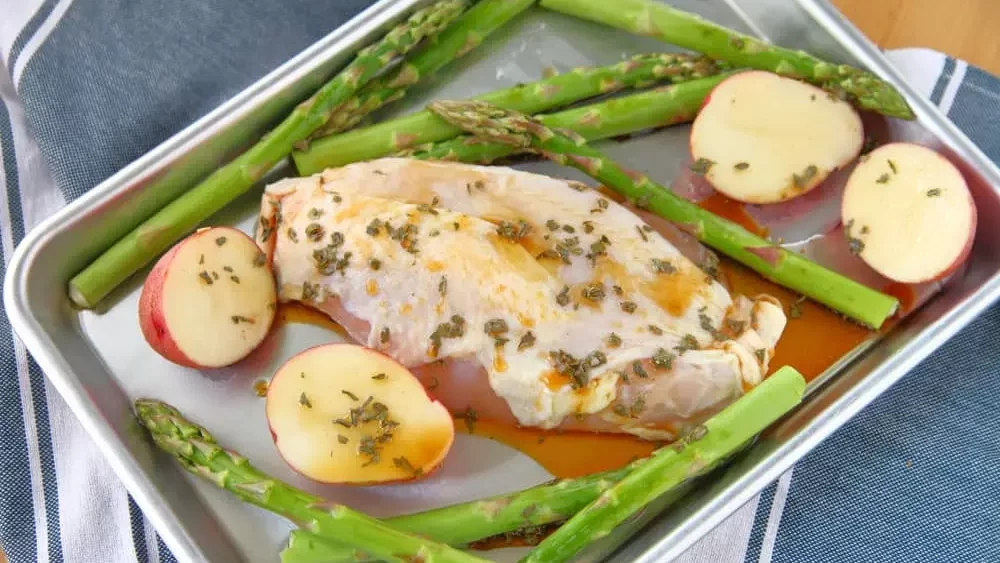
Frequently Asked Questions
Can I use metal utensils on non-stick pans?
It is not recommended to use metal utensils on non-stick pans, as they can scratch and damage the non-stick coating. Instead, use wooden or silicone utensils to protect the surface of your pan.
How do I know if a pan is compatible with my induction cooktop?
To check if a pan is induction-compatible, place a magnet on the bottom of the pan. If the magnet sticks, the pan is likely compatible with an induction cooktop.
How often should I season my cast iron pan?
The frequency of seasoning depends on how often you use your cast iron pan. If you use it regularly, you may only need to season it every few months. If you notice food starting to stick or the pan appearing dull, it’s time to re-season.
Final Verdict
Having the right pans in your kitchen is essential for a smooth and enjoyable cooking experience. The key pans every kitchen should have include a skillet or frying pan, a saucepan, a sauté pan, and a stockpot. These versatile pans can help you prepare a wide variety of dishes and improve your culinary skills.
In addition to the essential pans, consider investing in other specialty pans, such as grill pans, griddle pans, woks, roasting pans, and Dutch ovens. These additional pans can further expand your cooking repertoire and allow you to experiment with new recipes and techniques.
Proper care and maintenance of your pans will ensure their longevity and performance. By choosing the right pans for your needs and giving them the care they deserve, you will be well-equipped for countless delicious meals in your kitchen. Happy cooking!
